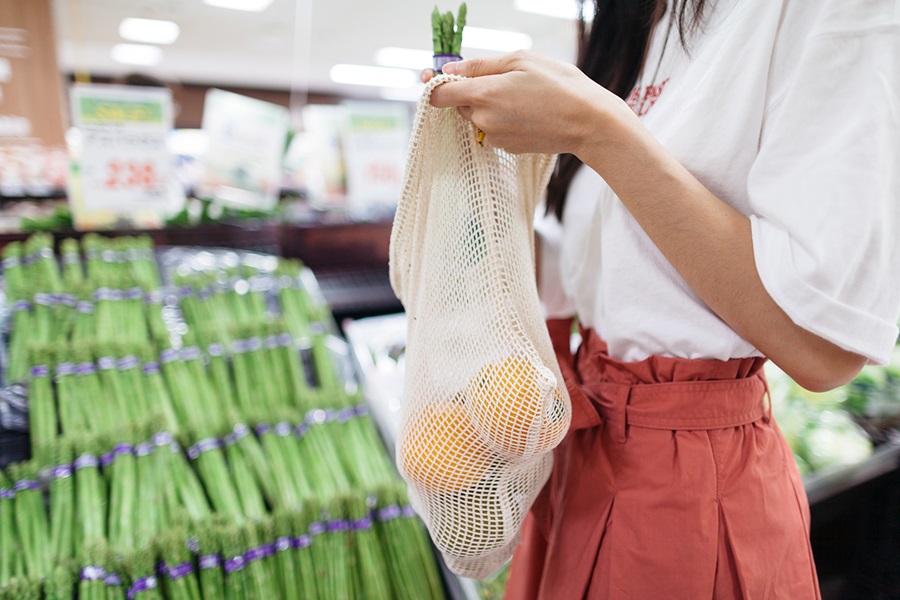COVID-19 has significantly impacted China’s fast-moving consumer goods (FMCG) market, particularly the food and beverages sectors. Our experts have identified five trends for brands trying to understand where to focus their innovation to navigate this new world.
Holistic well-being
The pandemic has directly impacted the consumer’s view of well-being, pushing them to pay more attention to the quality, nutritional and immunity benefits of food. This has led to a demand for particular foods that should be consumed for nutrition and those that avoid sugar and fat.
Dairy and plant-based dairy alternatives have benefited from the consumer’s focus on nutrition. Milk in particular saw strong growth from March to May this year due to the immunity benefits of the lactoferrin found in it and recommended by famous disease experts.
Low and zero sugar beverage products, particularly popular among young consumers, are growing. New star brands, including those produced by Yuanqisenlin, are promoting the concept of zero sugar and fat for zero burden. Classic brands like Coca-Cola and Sprite are also promoting fiber+ for health.
The notion of health has evolved from just physical health to also include mental and spiritual health. Brands should communicate from a holistic platform of general well-being.
New habits and back to normal
There is an interesting mix of new habits and a desire to return to normal. On the one hand, those who started cooking more in the pandemic seem likely to keep up the good work. Categories which grew in lockdown, including seasoning products, soy sauce and oyster sauce, all maintained double-digit growth after the pandemic. A related trend was using more cheese and butter to cook tasty food, resulting in a 60% year-on-year surge.
During the pandemic drinks like Coca-Cola grew as a ‘happiness water’ to deal with stress but even after the peak of the outbreak this category still soared by more than 20%. It has become a necessity for consumers at this time.
Some categories like ice cream used to have a peak season in the summer while people were outdoors but home purchasing has become a trend this year.
The categories that consumers can stockpile because of long shelf life or necessity such as bread, instant noodles and frozen food grew in lockdown. It seems that they have continued to maintain their stock afterwards as these categories are still enjoying positive growth.
The categories which suffered a lot in lockdown such as alcohol, coffee and Chinese pastries, have had a recovery in the post-pandemic era as consumers try to resume ‘normal’ life.
While there is a new normal now, it’s complex with consumers really keen to go back to the normal they once knew but taking some new habits with them. Brands need to understand this state of mind in their communications.
Revive Out-of-home
Out-of-home refers to all occasions that the consumer purchases out of the home and it is a really important market for food and beverages. With lockdown and many things closed, it has suffered with only milk, ice-cream and CSD seeing positive growth.
While there are less OOH opportunities in the current environment, there are some key occasions that can be focused on. The key to revival in this market is to capture the heavy buyers. Kantar data shows that 73% of OOH heavy buyers in 2019 still remain heavy buyers in 2020 and they accounted for 40-60% in categories ranging from on-premise beverages to packaged beverages.
There are currently three occasions for these heavy buyers to purchase more: the workplace, family gatherings and outdoor shopping. Within this there are two key drivers, health and self-indulgence. Brands such as Coca-Cola are adapting well to this by switching their communications from large gatherings to drinking occasions in the workplace as a reward after working hard.
Focusing on the workplace occasion and the young – whose consumption has recovered quite quickly - is what brands need to do now, while also preparing for the return of the entertainment industry once the pandemic is over.
Online-to-offline
Online-to-offline is where a shopper can find out about, and even purchase, a product online before collecting it in a store. In 2019, 57% of urban families bought FMCG via O2O, with 5.5 trips on average a year and 107 yuan per trip. On average people are willing to pay 30% more on O2O compared to a store trip. The driving force for this is convenience and the ability to get all the shopping from one place. China is different from other countries in the respect that their online platforms make the full range of brands and categories all available in the same place
The pandemic will positively impact the overall O2O service and it is a very important channel that brands need to make sure that they understand and exploit appropriately if they are to grow.
The lipstick effect
The shopping festivals have helped to grow big brands at unprecedented level. Although these were heavily discounted due to the promotions, people have been able to buy more high-end brands through these events. We are now seeing a version of this translating into FMCG.
Recently Tmall.com published the top 10 beverage brands of the year and they shared a common feature: relatively higher price with attractive packaging aimed at the young.
These brands have captured the new lipstick effect in the food and beverages market. Although they are not cheap, they can still quickly go viral on the back of e-commerce and social media which attracts more consumers.
Therefore, in the post COVID-19 world both value and the lipstick effect will co-exist, providing a great chance for development as long as brands find a suitable positioning.

